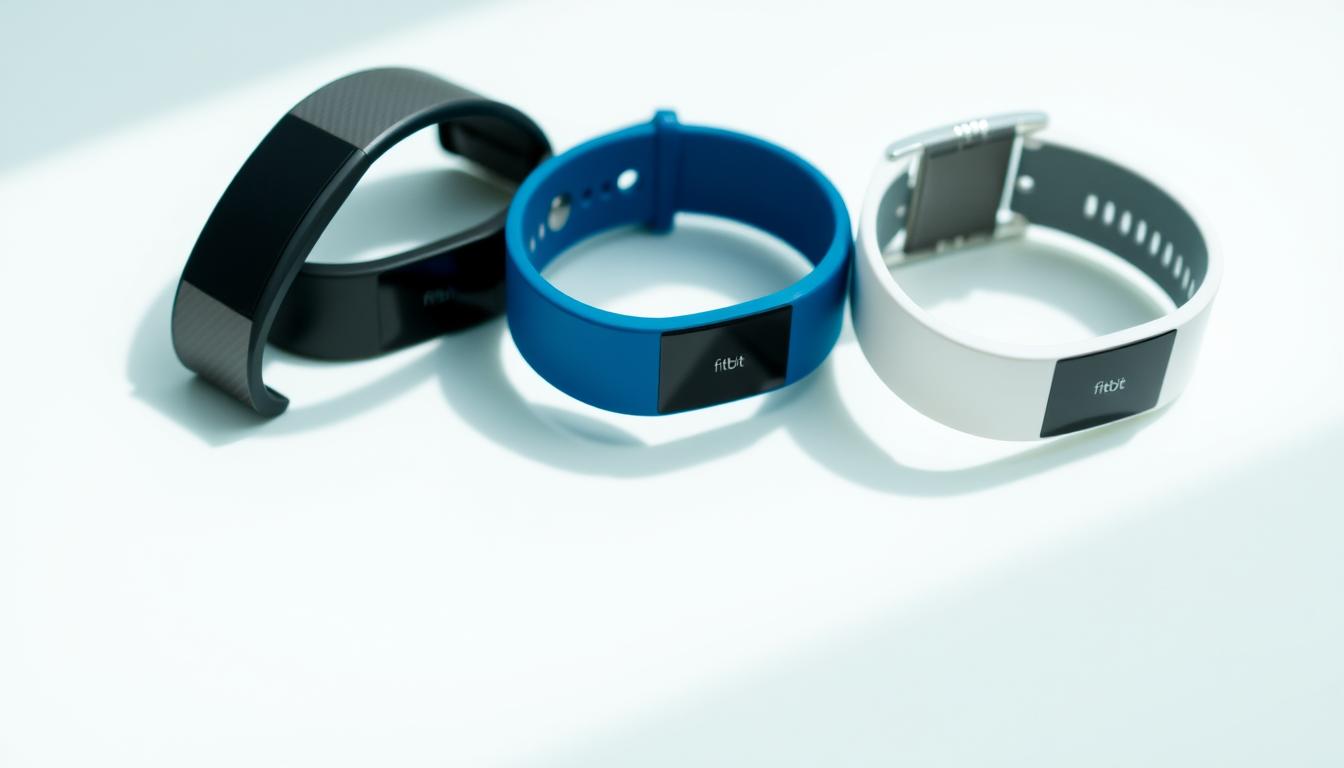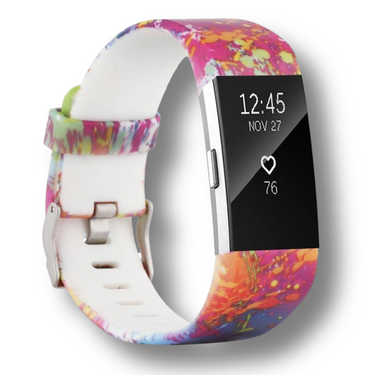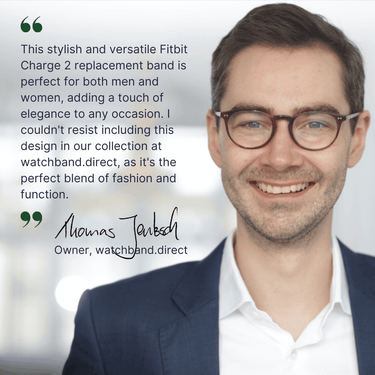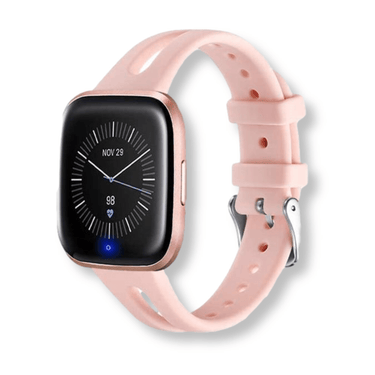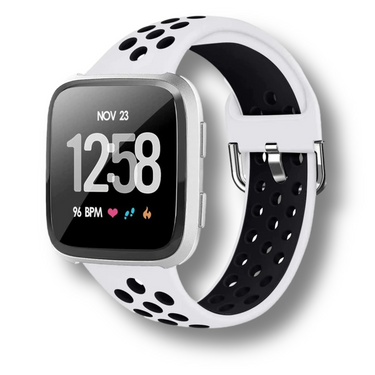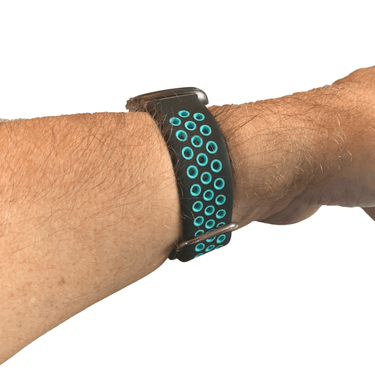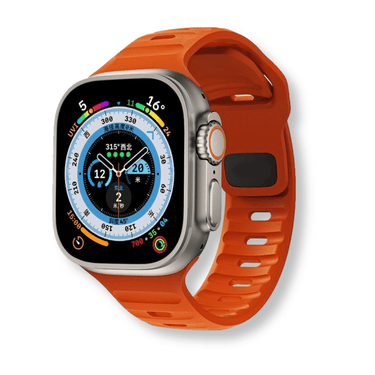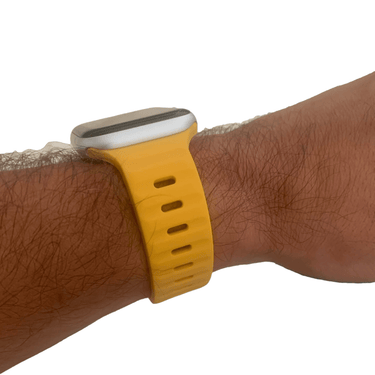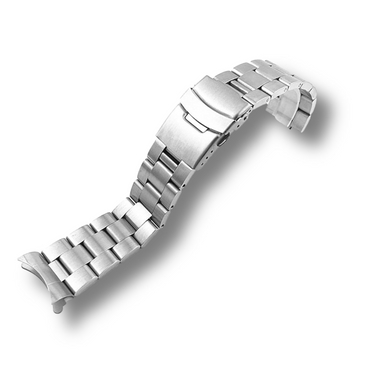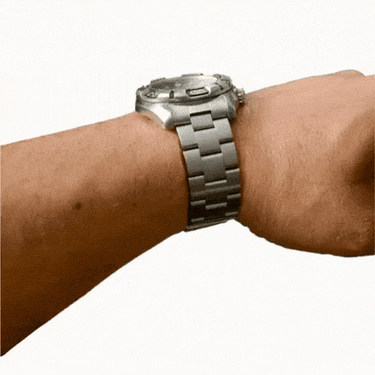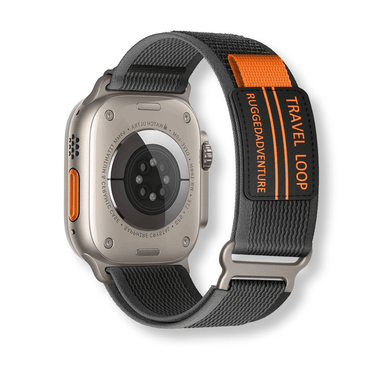Welcome to your ultimate resource for maximizing style and functionality with wearable tech. Whether you’re upgrading your look or replacing a worn-out accessory, understanding how to pair your tracker with the right bands ensures seamless integration and elevated aesthetics.

Modern fitness wearables thrive on customization. The right band transforms your device from a basic tool to a fashion statement. With options ranging from sleek silicone to premium leather, versatility meets personal expression effortlessly.
As founder of watchband.direct, I’ve spent years perfecting band designs that balance durability and luxury. Our customers prioritize accessories that adapt to both workouts and professional settings—a demand this guide addresses through curated insights.
You’ll discover cross-model adaptability tips, material comparisons, and styling strategies. Learn how certain bands work with multiple models, saving time and money while maintaining a polished appearance. Let’s explore how to unlock your wearable’s full potential.
Key Takeaways
- Cross-compatibility exists between select Fitbit models for flexible band choices
- Material selection impacts both comfort and device longevity
- Proper band sizing ensures accurate fitness tracking data
- Third-party options can offer premium quality at accessible prices
- Seasonal style updates keep your tracker looking fresh year-round
Overview of the Fitbit Inspire 2 and Its Band Options
Modern wearables blend tech and fashion seamlessly, offering endless personalization through interchangeable straps. The right choice elevates your tracker from gym companion to boardroom-ready accessory.
Adapting to Your Lifestyle Needs
This popular device thrives on versatility. Users often start with the default rubber strap but quickly discover style upgrades. At watchband.direct, we've seen clients pair the same tracker with athletic bands for morning runs and polished options for evening events.
Material Advantages for Daily Use
Leather remains a top choice for professionals seeking timeless elegance. Our supple Italian leather bands develop character over time while maintaining structural integrity. Silicone variants dominate fitness routines with sweat-resistant durability.
Steel options like brushed stainless or woven mesh add refined weight without bulk. For casual comfort, breathable nylon straps adapt to temperature changes effortlessly. Each material serves distinct purposes:
- Leather: Formal events & professional settings
- Silicone: High-intensity workouts & outdoor activities
- Steel: Everyday sophistication & durability
- Nylon: All-day wear & travel-friendly flexibility
Our customers appreciate how these options let one tracker mirror multiple facets of their personality. The secret lies in balancing style priorities with practical needs – a principle guiding our designs at watchband.direct.
fitbit inspire 2 band compatibility guide
Device ecosystems thrive when accessories adapt across generations. Our team at watchband.direct specializes in creating versatile straps that bridge multiple models, ensuring your style evolves with your tech.
Key Compatibility Factors and Cross-Model Compatibility
Interchangeable straps require precise engineering. The Inspire 2 shares its attachment system with the Inspire HR, letting users repurpose existing bands. Similarly, Ace 3 accessories fit seamlessly, expanding options for families with multiple devices.
Through extensive testing, we've identified three critical compatibility elements:
- Latch mechanism design (spring bar vs. quick-release)
- Band width variations (18mm-22mm)
- Case curvature matching
| Model Series | Compatible Bands | Attachment Type |
|---|---|---|
| Charge 2/3/4 | Proprietary clasp | Integrated hooks |
| Versa 1-4 | Universal quick-release | Spring-loaded pins |
| Alta HR | Custom slim bands | Snap-on connectors |
| Luxe | Inspire 2-compatible | Standard quick-release |
Design harmony matters as much as physical fit. A Versa band might technically connect to an Inspire 2, but disproportionate widths create visual imbalance. Our engineers prioritize both function and aesthetics when developing multi-device bands.
Smart shoppers build collections using cross-compatible options. Leather straps for Charge models often work with Versa devices, while silicone bands for Ace series fit younger users' Inspire 2 trackers. This strategic approach maximizes wardrobe flexibility across upgrades.
Navigating Band Materials and Styles
Accessory customization bridges practicality and self-expression in wearable tech. The right combination of materials and hues elevates your device from a simple tracker to a curated fashion element.

Casual vs. Athletic: Choosing the Right Look
Silicone and rubber straps dominate active lifestyles. Their sweat-resistant properties withstand intense workouts while maintaining comfort during prolonged wear. Eight vibrant color options let users match their energy levels – neon greens for morning runs or muted blues for yoga sessions.
Leather alternatives shine in professional environments. Supple finishes complement business attire without compromising style. Canvas options strike a balance, offering breathable sophistication for creative workplaces or weekend outings.
Color Options and Their Impact on Style
Neutral tones like charcoal and tan serve as wardrobe chameleons. Bold reds or teals create focal points for fashion-forward users. Milanese mesh bands in metallic shades provide gender-neutral versatility, adapting to various skin tones and outfits.
| Material | Best For | Style Impact |
|---|---|---|
| Leather | Office wear | Classic refinement |
| Silicone | Gym sessions | Sporty energy |
| Stainless Steel | Evening events | Modern elegance |
| Nylon | Travel days | Casual comfort |
| Canvas | Creative spaces | Relaxed sophistication |
| Milanese Mesh | Unisex styling | Contemporary edge |
Strategic color coordination enhances personal branding. Pairing a navy strap with gold hardware creates nautical chic, while earth tones harmonize with autumn wardrobes. This approach transforms your tracker into a deliberate style choice rather than mere techwear.
Expert Tips from Thomas at watchband.direct
Customizing wearable accessories requires balancing technical precision with personal style. Through years of client consultations, I've refined strategies that transform ordinary trackers into extensions of personal identity.

Personal Insights on Comfort and Fit
A well-fitted strap should allow gentle movement across your wrist without sliding. Our team recommends leaving space for one finger between the band and skin. This prevents friction while maintaining sensor contact for accurate health metrics.
Material choice directly impacts daily comfort. Breathable nylon excels during workouts, while leather adapts to body temperature for all-day wear. Consider these options based on activity type:
| Band Type | Ideal Use | Avg. Adjustment Range |
|---|---|---|
| Silicone | High-intensity training | 185-215mm |
| Metal Links | Office environments | Custom removable links |
| Hybrid Leather | Social events | 200mm + 15mm extension |
Customer Service and Satisfaction Priorities
We've implemented three-tier support to address sizing concerns:
- Instant chat for quick measurement questions
- Video tutorials demonstrating adjustment techniques
- Free exchanges within 30 days
Our sizing calculator accounts for wrist shape and dominant hand usage. For example, left-handed users often prefer slightly looser fits on their right wrist. This attention to detail separates generic products from truly personalized accessories.
When contacting our team, provide your watch model and wrist circumference. This helps us recommend bands that complement both your device and lifestyle. Remember: the perfect accessory should feel like it's always belonged on your wrist.
How to Properly Fit and Adjust Your Band
Perfecting your wearable's fit enhances both comfort and sensor performance. An ill-fitting strap compromises data accuracy while causing skin irritation or slippage during activities.
Step-by-Step Fitting Instructions
Modern trackers use two primary fastening systems. Infinity bands require threading techniques, while clasp models focus on secure closure mechanics.
| Band Type | Steps | Key Tip |
|---|---|---|
| Infinity Style | 1. Slide bottom through first loop 2. Adjust tension 3. Secure peg 4. Thread loose end |
Leave 15mm slack for wrist expansion |
| Traditional Clasp | 1. Position device 2. Align clasp teeth 3. Press until click |
Test security with gentle tug |
Tips to Ensure Secure and Comfortable Wear
Ergonomic design principles govern successful daily use. Follow these professional recommendations:
- Maintain 3-5mm space between skin and sensors for airflow
- Rotate bands every 8 hours during extended wear
- Clean clasp mechanisms weekly with microfiber cloth
Fitness enthusiasts often make two critical errors: cranking straps too tight during spin classes or leaving excessive slack for sleep tracking. Both scenarios distort heart rate data and cause discomfort.
For optimal results, perform the "two-finger test." Slide your index and middle fingers between the tracker and wrist. If both fit snugly without resistance, you've achieved the ideal balance of security and circulation.
Understanding Compatibility with Other Fitbit and Smartwatch Models
Smart accessory choices transform tech investments into long-term style assets. Knowing which bands adapt across multiple wearables helps users build cohesive collections that outlast individual device upgrades.
Cross-Model Harmony in Wearable Tech
Charge series devices reveal fascinating patterns. While Charge 5 and 6 share straps, earlier Charge 3 and 4 models pair together. This reflects evolving design philosophies - newer generations prioritize backward compatibility where possible.
| Fitbit Model | Compatible Devices | Band Type |
|---|---|---|
| Charge 5/6 | Each other | Quick-release |
| Charge 3/4 | Mutual fit | Proprietary clasp |
| Versa Series | Versa 2-4, Sense | Universal quick-release |
| Alta HR | Original Alta | Slim snap-on |
| Ace 3 | Inspire HR | Standard quick-release |
Versa users enjoy extensive options, with bands fitting four generations and Sense devices. This cross-pollination lets fashion-conscious owners mix materials without rebuying straps for upgrades.
Our team extends this expertise beyond single brands. Apple Watch bands require precise lug measurements, while Garmin models need specialized quick-fit mechanisms. By understanding these nuances, we help multi-device households streamline their accessory choices.
Strategic shoppers leverage compatibility knowledge to future-proof collections. A premium leather strap purchased today might adorn three different trackers over five years - smart style that transcends temporary tech trends.
How to Change Your Fitbit Band: A Practical How-To
Personalizing your tech starts with mastering band replacement techniques. Proper installation ensures your tracker remains secure while reflecting your evolving style preferences.
Removing the Current Strap
Locate the quick-release mechanism on your device’s underside. Press the small metal pin inward while gently sliding the existing band outward. Avoid excessive force—quality accessories detach smoothly when handled correctly.
Securing Your New Accessory
Align replacement straps with the tracker’s connection points. Push the pin until hearing a soft click, confirming proper placement. Test security by lightly tugging the band—it should stay firmly connected during daily activities.
For optimal results, clean connection ports monthly using a dry cloth. This prevents dust buildup that might interfere with quick-release functionality. Rotate between multiple bands to match different occasions while reducing wear on individual straps.
Mastering these steps transforms your device in seconds. Whether swapping silicone for workouts or upgrading to leather for meetings, seamless transitions keep your tech looking sharp and functioning flawlessly.
FAQ
Are Fitbit Inspire 2 bands compatible with other Fitbit models?
The tracker’s bands work exclusively with its proprietary clasp system. While some third-party straps may fit similar-sized devices like the Fitbit Charge or Ace series, always verify pin alignment and release mechanisms before purchasing.
How do I determine the correct band size for my wrist?
Measure your wrist circumference using a flexible tape or printable sizing guide. Most leather and silicone bands offer adjustable notches, while steel links require professional resizing for optimal comfort.
Can I use quick-release straps from luxury watch brands?
Standard 18mm quick-release pins work with many premium accessories, but verify lug width compatibility. Brands like Google Pixel Watch bands may require adapters due to differing clasp designs.
Do metal bands interfere with heart rate tracking accuracy?
Stainless steel straps don’t impact sensor performance if worn snugly 1-2 finger widths above your wrist bone. Ensure the tracker’s rear module maintains consistent skin contact during workouts.
How often should I replace my fitness tracker band?
Silicone bands typically last 6-12 months with daily use, while genuine leather or stainless steel options can endure 2+ years. Inspect for cracks, loose pins, or discoloration monthly.
Are there hypoallergenic options for sensitive skin?
Medical-grade silicone and titanium bands minimize irritation. Avoid nickel-plated accessories—opt for PVD-coated stainless steel or breathable nylon straps for all-day comfort.
Can I dress up my fitness tracker for formal events?
Absolutely. Pair Milanese mesh or brushed steel bands with business attire, or choose embossed leather straps with quick-release mechanisms for seamless style transitions.
What’s the safest way to clean different band materials?
Use alcohol wipes for silicone, mild soap for nylon, and specialized cleaners for leather. Always detach bands from the device before cleaning to protect electronic components.












